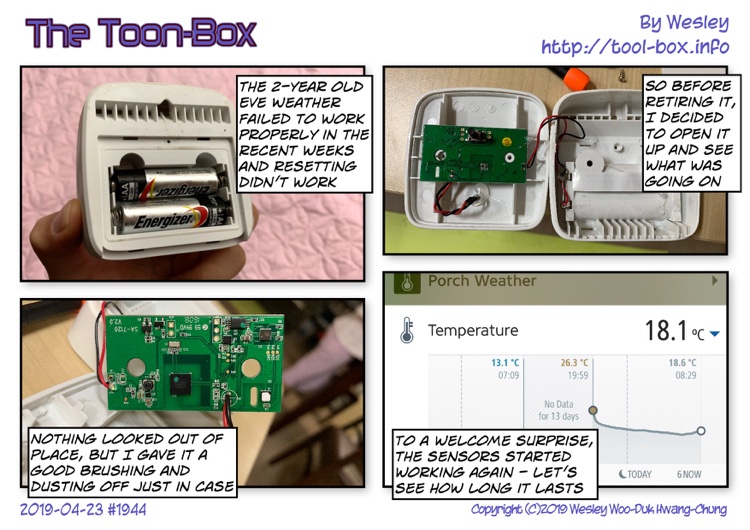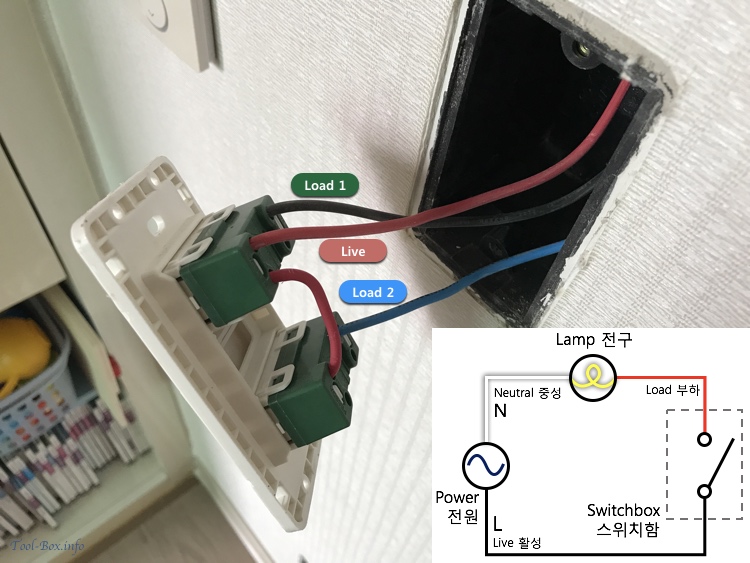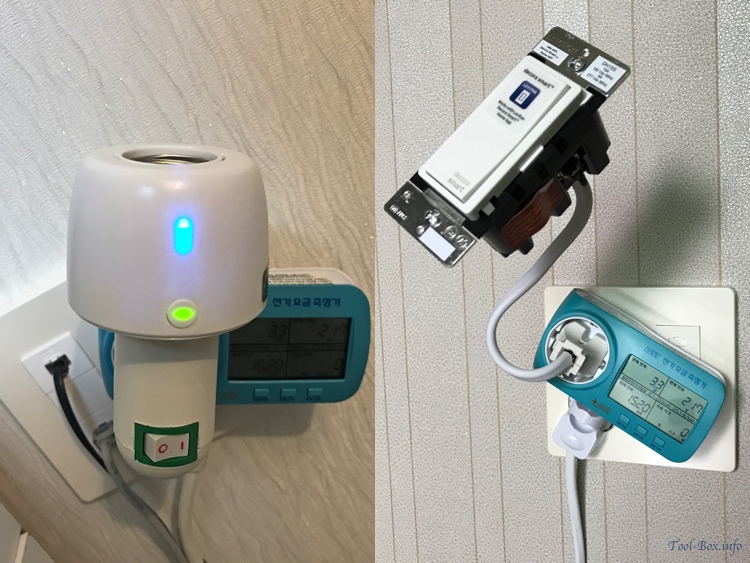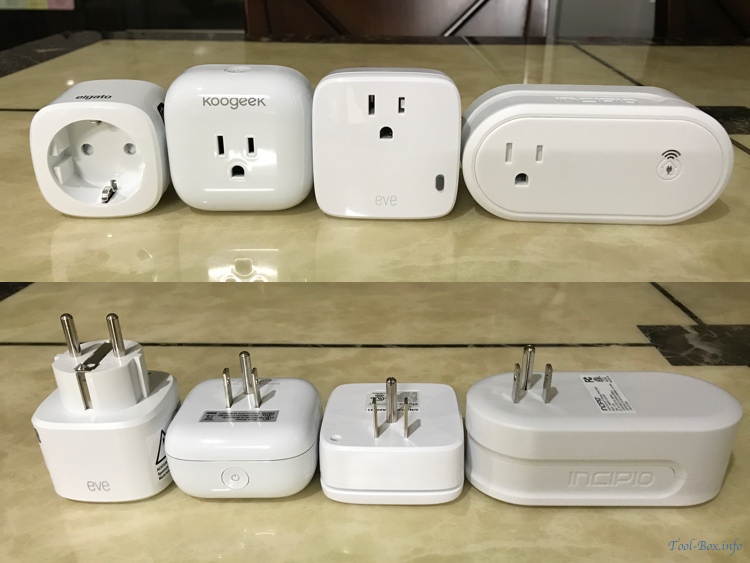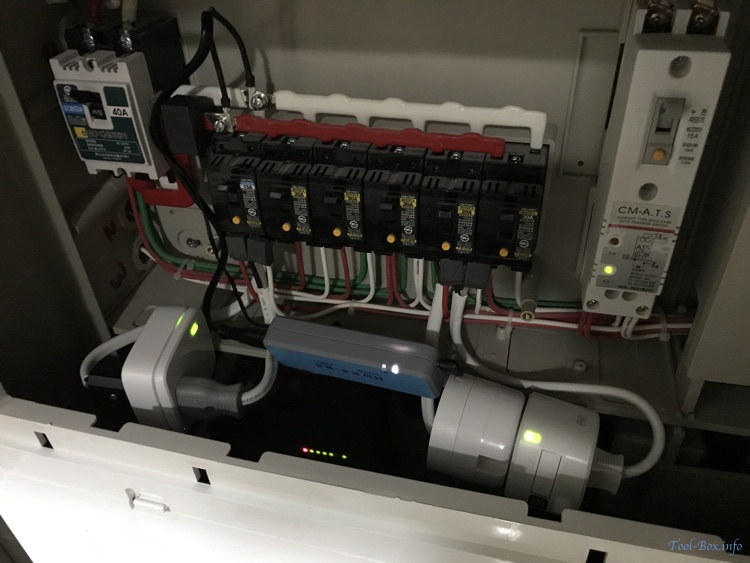Entries tagged as HomeKit
Elgato Eve IoT sensor Incipio Koogeek Leviton light fixture lights power plug power switch smart plug Apple TV 4th Gen electricity Philips Hue battery Bitgaram City Naju rain Soulik typhoon weather repair degree CR2450 switch Dawon DNS SK Telecom smart meter Witty 11st smart button adapter socket wire App Store iPhone X PSAurora Celine Chung Hayun Chung refrigerator Samsung screen air purifier park IKEA store car charger A1533 fingerprint iPhone 5S Touch ID M7 pedometer accelerometer compass gyroscope A1524 barometer iOS 8 iPhone 6 Plus M8 Bolt EV building camera convenience store electric FLIR One infrared thermal imaging road 3D printing corn dog hot-bed hot-end tvOS 10 USB-C Apple Watch iOS 14 iPhone 11 Pro fluorescent light iPhone 6S Plus LED LG Prada 3.0 Seojun Electric TopLux Sigma LED ballast galaxy star Christmas tree decoration balls engine oil candle flower wedding fire house observatory KPX present construction sanitizer ultraviolet department store Seoul beverage London travel Vodafone cellphone JooN 2 USB watch Europe Japan Korea O2E Smart Multi-Charger UK USA KTX Mugunghwa SRT train MacBook Air outlet apple cable computer HDMI laptop MacBook Pro BuyBeam BL-628 lamp KEPCO solar panel emergency news summer television winter EMS K-EMS New EMS Wesley Woo-Duk Hwang-Chung Bluetooth air conditioner lightning playground Sejong slide remote controlled helicopter replacement Syma S107G A1522 Screen Glue screen protector cleaning bus Tayo toy s9y server search Burger King clock desk office melodica Mac mini macOS OS X Sierra headlights Sonata 2 High Sierra iMac iPhone 5 bicycle bottle holder MySQL epoxy umbrella iPhone SE belt case BEXCO Busan exposition laser pointer pen porcelains water resistance barcode Nintendo Wii Oband T2 remote control running swimming watchOS 2 iOS Micro-USB Geekbench iPhone 3GS iPhone 4 iPhone 4S PeaceKeeper solder ice cream shopping electric vehicle chocolate rabbit Lego emart No Brand bread snack Sung-Eun Kim vegetable sticker vending machine hamburger pizza Pokémon golf hot dog restaurant kitchen LG Electronics towel Hanaro Nonghyup KT Disney Frozen movie movie theatre Dunkin Donuts station Maytag RTD21A cookie air fryer Homeplus toaster window combi-blinds
The state of HomeKit in iOS 10
Posted by Wesley on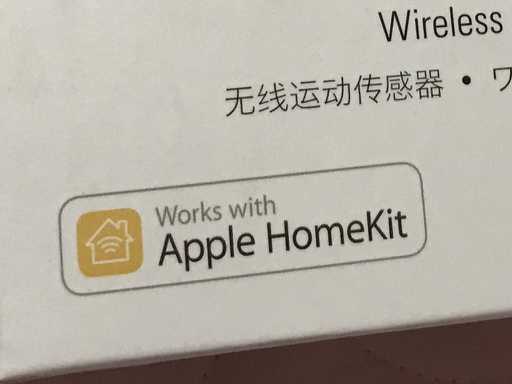
As I gathered enough tangible material to share, I did a 5-part write-up of my HomeKit experience, spanning sensors, lighting, and energy control. I felt that my 5-month experience in a non-American environment may be of use to many people who are considering the platform.
1. Moving to Apple HomeKit with Elgato Eve
2. Philips Hue adds light to the HomeKit setup
3. Controlling 220V Power & Light with HomeKit
4. How much power does HomeKit use?
5. On installing and configuring HomeKit lighting
But now, big changes are coming in the coming weeks. Most notably, the GM(Golden Master, finished version) of iOS 11 will come out in two weeks, as Apple's new iPhone announcement will be made on September 12, 2017. It will contain significant improvements for HomeKit. As noted in the 5th post, Philips will expand the range of Hue products that will be recognized in HomeKit. Elgato has announced five new HomeKit products including lock and smoke detector.
All this means that my iOS 10-based HomeKit write-up should be wrapped up at this point. I'll come back to this topic as the dust settles and I had my hands on the new features and products.
Defined tags for this entry: Apple TV 4th Gen, electricity, Elgato Eve, HomeKit, Incipio, IoT, Koogeek, Leviton, light fixture, lights, Philips Hue, power plug, power switch, sensor, smart plug
On installing and configuring HomeKit lighting
Posted by Wesley onThere are some things to consider and take action when you're installing smart lighting, HomeKit enabled or not, around the house. For the light switches, the biggest concern is the presence of a neutral wire. In most cases, you need this for a smart switch to function, but many switch boxes omit this and make things complicated. To see why things are like this, we need to take a look at the circuit diagram.
For a light to turn on, it has to connect to both ends of a power source. This is generally a single-phase AC power, which can be derived from a 3-phase AC power by using one of the phase wire and a neutral point. The wire connecting to the neutral point becomes the "neutral (N)" and the phase wire, the "live (L)" as seen in the diagram.
With a regular switch, all you need to do is to connect or break the connection between the live wire and the "load" wire leading up to the lamp. Therefore, a switch box only needs to have the live wire and one or more load wires coming out of it. Number of load wires correspond to the number of controllable light fixtures, of course. Neutral wire could also be present, but it wouldn't be connected to anything because there is no need to.
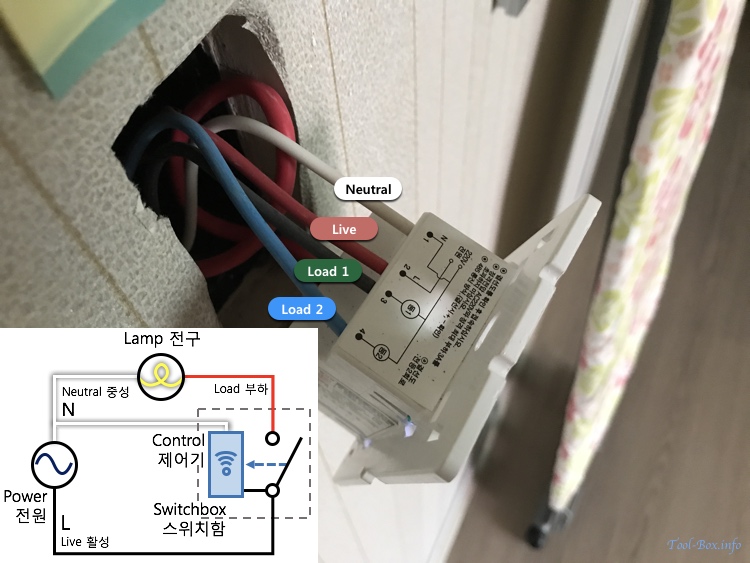
Smart light switch installation and its circuit diagram
The situation becomes different with a smart light switch. In order for the control module in the device to work, it also needs to connect to both ends of a power source, but at all times and independent of the lighting. As the live wire is already present, we need to add the neutral wire to the device as seen in the circuit diagram. With this configuration, the switch connected to the live wire and the load wire could be controlled either manually or by the control module. This is the reason why most smart light switches require the neutral wire.
The rare exceptions that can forgo the neutral wire have the control module connect between the live and the load wires. The module itself consumes little power and a very low current leaks through the load wire in the "off mode" so as to effectively prevent the lighting from turning on. But this generally requires the lighting load to be sufficiently large. If not, the leaked current may cause the lighting to flicker or cause other problems. In other words, this solution isn't as widely compatible as the switches using a neutral wire.
How much power does HomeKit use?
Posted by Wesley onHome automation devices have to be on standby at all times to respond to commands. This means that the baseline power consumption will increase as more devices are added. So if you're installing them not just for convenience but for more efficient energy use, you have to be conscious of the level of power that they may entail.
Unfortunately, detailed power consumption data are not usually found in the technical specs, likely because they are not deemed important. I had to take individual measurements to get the whole picture, and here are the results for the HomeKit devices I have.
| Company | Name | Off | Min. | Max. | Rated |
|---|---|---|---|---|---|
| Smart Power Plug | |||||
| Elgato | Eve Energy | 0.68 | - | 1.01 | 2,500 (EU)1 |
| Incipio | CommandKit W. Smart Outlet | 1.70 | - | 2.20 | 1,200 (US) |
| Koogeek | Smart Plug P1 | 0.92 | - | 1.60 | 2,500 (EU)1 |
| Smart Light Switch / Adapter | |||||
| Incipio | CK W. S. Light Bulb Adapter | 3.32 | - | 3.39 | 1502 |
| Leviton | DH15S-1BZ | 3.15 | 3.153 | 3.27 | 6004 |
| Koogeek | Smart Switch KH02 | 1.30 | 1.955 | 2.60 | 600 |
| Smart Light Bulb | |||||
| Philips | Hue White and Color Ambiance | 0.43 | 1.7 | 8.6 | 10.0 |
| Hue White Ambiance | 0.66 | 1.5 | 10.2 | 10.5 | |
| Hue White | 0.38 | 1.6 | 9.2 | 9.0 | |
| (Initial Peak) | 13.86 | ||||
| Hue Bridge | - | 1.12 | 1.26 | 2.32 | |
Off: The device is connected to the power but is turned off (i.e. standby mode).
Min.: Device operating under the lowest power mode possible.
Max.: Device operating under the normal or highest power mode possible.
(Minimum and Maximum values are measured with no external apparatus attached.)
Rated: How much the the device is rated to draw electricity at maximum.
1. Or 220V mains. 1,800W for the U.S. mains (120V).
2. For the LED and CFL bulbs. 600W for incandescent and halogen bulbs.
3. The indicator LED light is turned off.
4. For the LED and CFL bulbs. 1,800W for incandescent bulbs.
5. Only one switch is turned on.
6. Steadily decreases to the stable level (9.2W) over the span of 30 minutes.
It became fairly evident that the consumption profile is quite different between manufacturers even though the devices serve essentially the same purpose.
Controlling 220V Power & Light with HomeKit
Posted by Wesley onHomeKit smart power plugs - Elgato Eve Energy EU, Koogeek P1, Elgato Eve Energy US, and Incipio CommandKit Smart Outlet (from left to right)
Selecting HomeKit devices that control the power, whether they be power plugs/outlets or light switches, is a bit tricky when you're living in a country with 220V mains power. This is because much of them are made to serve the U.S. market, which uses 120V. If they are designed for dual voltage it wouldn't be a big issue, but some devices don't list this capability. A Philips Hue light bulb has 110-130V printed on the U.S. version and 220-240V on the Korean version, but they all support 110 to 240V.
The list of devices that are specifically tailored towards the 220V market is growing, but still sparse. Thus, I sought and picked out the ones that were definitely 220V compatible. In the case of power plugs, products from Elgato, Koogeek, and Incipio fit the bill. Power plug solutions from iDevices are listed and confirmed as 120V only.
Despite the shapes, the smart power plugs shown above all have dual voltage support. Interestingly, the EU version of the Elgato Eve Energy is the smallest and won't block an adjacent outlet, while the US version of the device and the Koogeek P1 are larger and may block an outlet below or above. Incipio's CommandKit Wireless Smart Outlet with Metering is much larger and and longer than the competition, just like its full name. I should also note that only the Incipio devices had a problem with HomeKit pairing, where the process would succeed only on the second try, and leave a phantom entry in the device search screen that won't go away until the iPhone reboots.
Elgato's Eve Energy smart power plugs have the most regionally varied line-up, with US, EU, UK, and AU versions, all having 100-240V, 50/60Hz support. The energy monitoring function in the app is also one of the the most sophisticated in the market. So I went primarily with these plugs in my house. I bought the EU version from Germany, but since I order a lot of things from the U.S., there are some US version plugs in the house as well.
